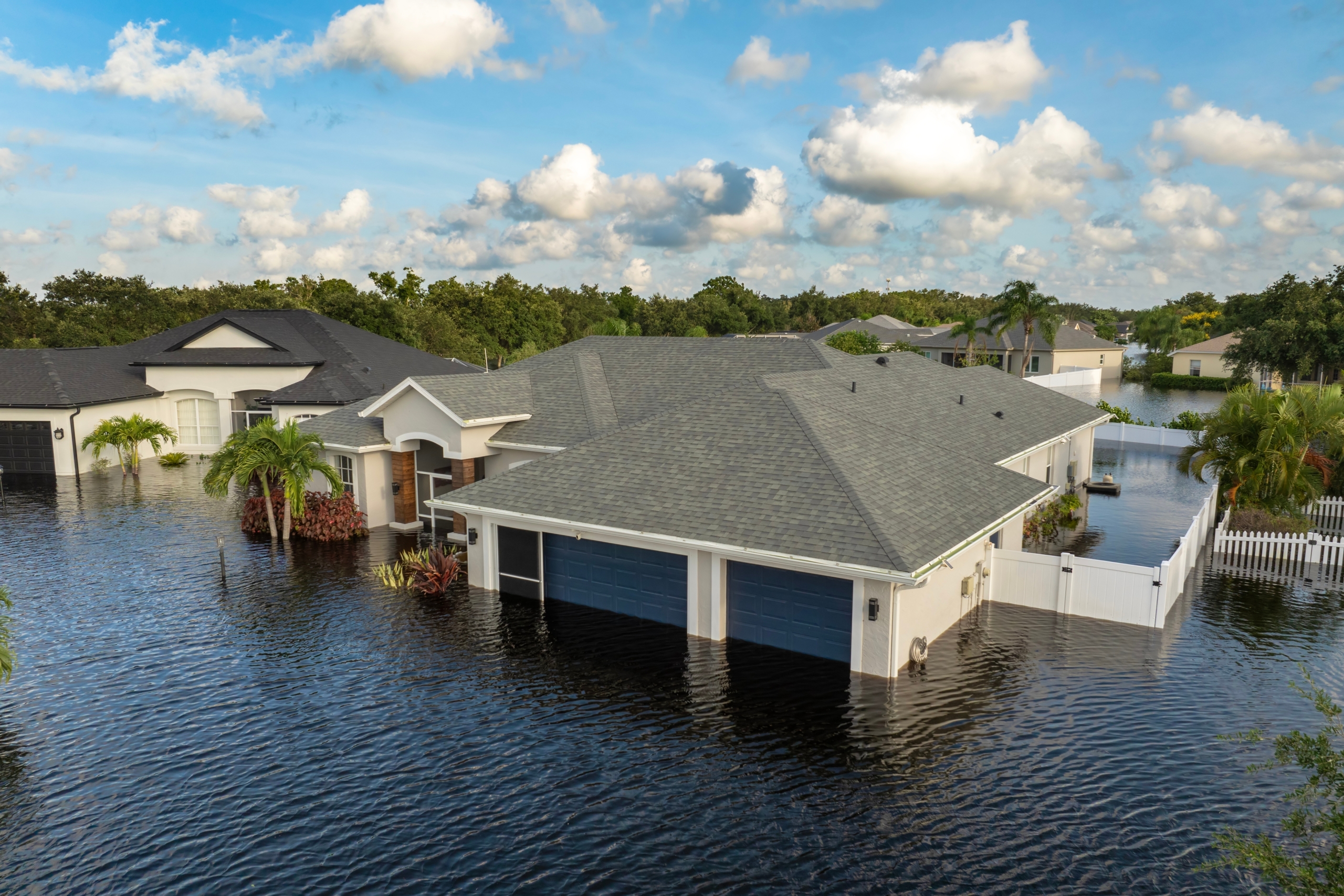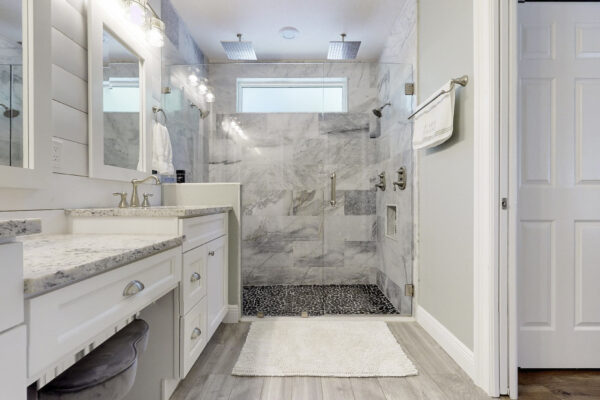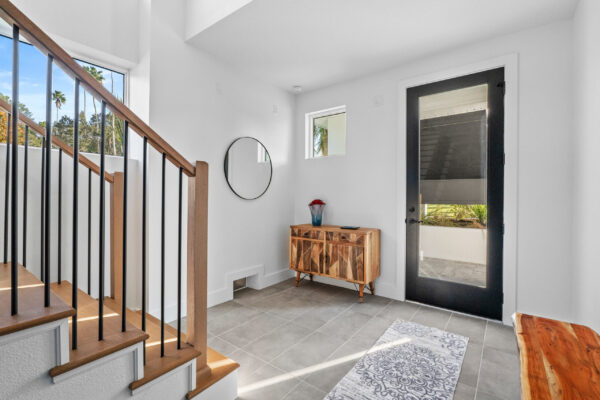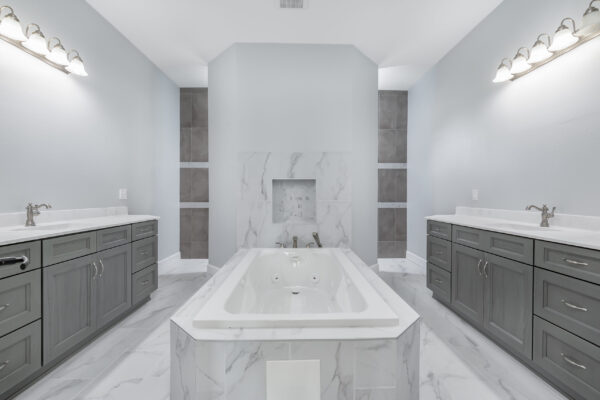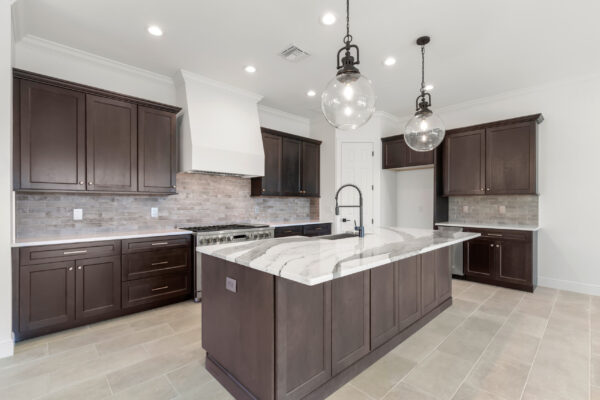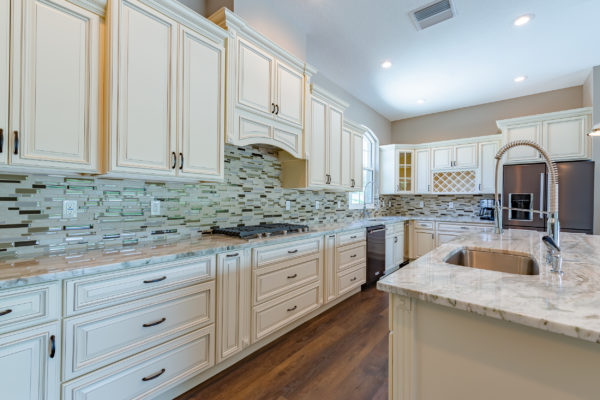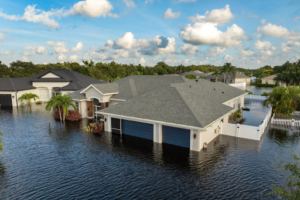 Did you suffer a home flood during the 2024 hurricane season in Florida? Many homeowners living in the Florida coastal area suffered serious flood damage from Hurricane Helene and Hurricane Milton last year. Helene was the deadliest Atlantic hurricane since Maria (2017), and the deadliest to strike the U.S. mainland since Katrina (2005). Helene’s total costs were $78.7 billion. Quickly followed by Hurricane Milton in October which caused damages of $34.3 billion in total costs.
Did you suffer a home flood during the 2024 hurricane season in Florida? Many homeowners living in the Florida coastal area suffered serious flood damage from Hurricane Helene and Hurricane Milton last year. Helene was the deadliest Atlantic hurricane since Maria (2017), and the deadliest to strike the U.S. mainland since Katrina (2005). Helene’s total costs were $78.7 billion. Quickly followed by Hurricane Milton in October which caused damages of $34.3 billion in total costs.
If you are looking to repair or rebuild your home, there’s a few things you need to consider. The process of demolition and reconstruction can be very overwhelming, so someone from the Covenant Homes team will guide you through the process. While we don’t offer remodels or existing home lifts at this time, we’re here to guide you through the steps of rebuilding your home, ensuring the process is as smooth as possible and that you have all the important facts to make an informed decision.
Keys Steps to Consider During Demo and Rebuild
Here are the key steps to take when considering a demo and rebuild:
Step 1: Preapproval for a CP Loan or through SBA Elevate Florida program (if eligible)
Before you begin any demolition or rebuilding efforts, it’s crucial to get preapproved for a construction-to-permanent loan (also called a construction-to-perm loan). This type of financing covers both the construction of your new home and the mortgage once the home is completed. If you plan to finance the project, getting preapproved is the first step. Covenant Homes is approved with multiple lenders, three of whom we highly recommend. However, we can also work with your preferred lender if you have one in mind.
Here is the link to Florida Disaster, a division of Florida emergency management. This link allows you to choose the topics for which you’d like updates, newsletters and announcements.
Here is the link is for the Elevate Florida Program description and qualifications of the program.
Step 2: Review Flood Zone Requirements
You need to determine whether a piling foundation is required for your new home. If your property is in a flood-prone area, this may be necessary, as piling foundations elevate the structure above potential floodwaters. While this type of foundation provides added protection, it also increases the overall cost of construction. Having this information upfront will help us provide an accurate pricing estimate for your new home. If your property is in a Coastal A Zone, a piling foundation is required. Additionally, some municipalities may require it even if you’re not in a Coastal A Zone. We can help you understand this process in more detail and guide you through the requirements.
It’s essential—and will be required—to have a geotechnical report completed for your property. This report assesses the soil and ground conditions, helping to determine the most suitable type of foundation for your home. We can refer you to a trusted geotechnical company we regularly work with to perform this service.
Related: Navigating the Coastal Building Codes: What You Need to Know for Your Custom Home
Step 3: Contact the City or County and Review Zoning Information
Before you get started with your home plans, contact the county to determine your property’s zoning and understand the specific regulations that apply. Zoning laws dictate how properties can be used and will outline the restrictions for things like building height, the distance from property lines (setbacks), and more.
In particular, you’ll need to know the front, side, and rear setbacks of your lot, as well as any water line setbacks, which define the boundaries of where you can build. It’s crucial to review all of your zoning information in detail, as it helps you determine the maximum size home you can build on your property.
Step 4: Choose a Home Plan
Once you’ve determined the zoning requirements, it’s time to choose a home plan. Covenant Homes offers a variety of coastal-style house plans, with options ranging from classic to modern designs to suit your tastes. Additionally, we can typically modify any of our existing models, which can be a more cost-effective approach compared to designing a home from scratch. Modifications might include adjusting the exterior facade, expanding room sizes, rearranging a kitchen layout, and more—all tailored to fit your preferences.
Finding the right floor plan is the most important factor, as it ensures your home meets local regulations, and fits both your wants and needs. The exterior facade can be easily adjusted, but the floor plan is key to ensuring your home fits within the guidelines and works for your lifestyle. If you can’t find a plan of ours that works for you, we also offer a custom option that we’d be happy to discuss.
How Covenant Homes Can Help You Start Fresh
If your home has been affected by flooding or you’ve received a condemnation letter, you may be weighing your options between repairing and rebuilding. At Covenant Homes, we know how daunting the demolition and reconstruction process can feel. As specialists in custom home building on your lot or ours in Pinellas, Pasco, Hernando, and parts of Hillsborough counties, we’re here to support you every step of the way.
While we don’t offer home remodeling or lifting services, we can help you navigate the demolition and rebuilding process with confidence, ensuring you have the knowledge and guidance needed to make the best decision for your future home.
Ready to get started? Contact us online to discuss how we can assist with the demo and rebuild process. We’ll guide you through each step of the process and make it as smooth as possible.
Related Articles You May Be Interested In:

